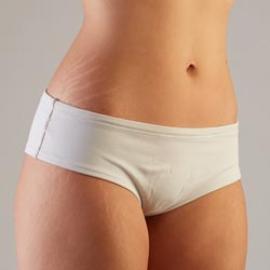
A dazzling smile with straight, white teeth is what we all desire.
Our teeth can turn yellow, despite daily brushing. For certain people, yellow teeth can create aesthetic discomfort, however thanks to aesthetic medicine, treatments can restore a radiant, healthy smile.
Yellow teeth: definition
Teeth are hard organs built from calcium hydroxyapatite. The structure of the tooth is divided into 2 parts: the emerged portion of the tooth, called the crown, and the submerged portion of the gum, which is linked to the bone and called the root.
Naturally, our teeth are composed of eight incisors, Four canines, Eight premolars and Twelve molars. The tooth enamel is the outer part of the tooth that gives it a naturally pearly white color. This substance is mainly composed of minerals, mainly calcium hydroxyapatite crystals.
In some cases, over time, the natural color of the teeth can lose its luster and slowly become yellow.
Yellow teeth: the causes
When teeth become yellow, it is mostly attributable to external food dye that gets into the tooth enamel.
In fact, the enamel covering the teeth is made of minerals, mostly limestone, which is a powdery substance. As a consequence, over time, dye gets through the micro cracks in the enamel and causes them to become yellow.
In this way, tea, coffee, wine and soft drinks, as well as smoking, directly contribute to teeth yellowing. Some foods, like citrus fruits, may alter the layer of enamel and thin it out. Without good protection, the dyes are easier to get into the tooth.
Tartar is also a cause in teeth yellowing. With each meal, the saliva combines with the bacteria in the mouth and creates thin deposits of plaque at the base of the teeth. This plaque becomes limestone and becomes yellowish or grey with time.
Moreover, excess fluoride during tooth development in children can also provoke the appearance of areas that will yellow over time.
Yellow teeth: the treatments
In order to get a dazzling smile with the correct treatment it is wise to contact a dentist.
To treat yellow teeth, the patient must first undertake a descaling procedure to eliminate the accumulated layer of tartar. The dentist removes any calcified plaque around the teeth using a drill. The first portion of the yellowing deposits is removed. To complete the treatment, the dentist polishes the teeth to eliminate the yellow stains on the tooth enamel. The results are immediate, and the teeth are instantly whiter.
In addition to descaling and polishing the teeth, it is possible to accentuate whitening of the teeth using a whitening agent that preserves the tooth enamel while removing stains attributable to food dyes (coffee, alcohol, spices, etc.) or nicotine.























































